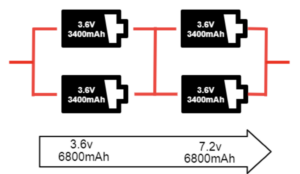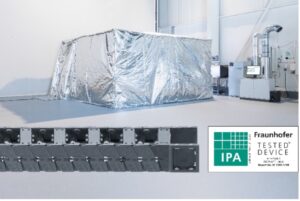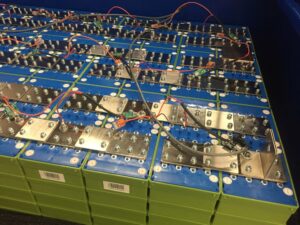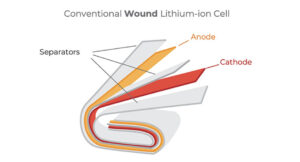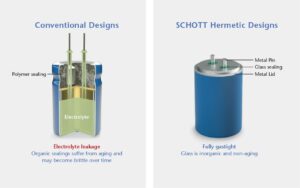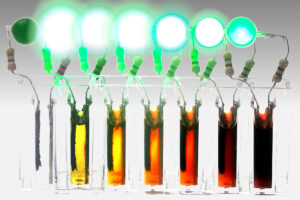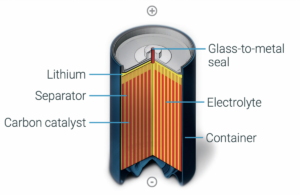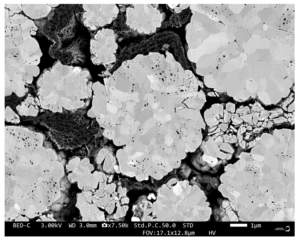A single cell is not sufficient for some devices. To achieve the desired voltage, the cells are connected in series to add to the voltage of the cells. The cells are connected in parallel to reach the desired capacity by adding ampere-hour (Ah) to reach the desired capacity. This combination of cells is called a…
Certified energy chain cable guide system certified with ISO Class 4
Battery production for tomorrow’s mobility requires special environmental conditions, which are achieved through the combination of dry rooms and cleanrooms. The Fraunhofer IPA has developed a new type of certificate for precisely these requirements. The E6.29 energy chain from igus is the very first cable guide system that has been tested under dry cleanroom conditions…
Design the right BMS for LiFePO4 batteries
By JD DiGiacomandrea, Green Cubes Technology Learn why Lithium-ion-phosphate batteries need the right battery-management system to maximize their useful life. It’s all about chemistry. Lithium-ion (Li-ion) batteries provide high energy density, low weight, and long run times. Today, they’re in portable designs. Their popularity has spawned a few sub-chemistries that all use the principle of…
Harnessing silicon: the future of lithium-ion batteries
By Ashok Lahiri, Enovix Corporation The first lithium-ion (Li-ion) battery, developed and commercialized by Sony Corporation in 1991, provided a step-change increase in energy density for its handheld camcorder — a harbinger of the many power-hungry portable electronic devices to come. Without this battery innovation, the brick-size cell phone of the 1980s would never have…
How do consumer and industrial Li batteries differ?
Consumer (sometimes referred to as commercial) lithium (Li) batteries offer better performance compared with lower-cost alkaline, nickel-cadmium (NiCd), or nickel metal hydride (NiMH) alternatives, but industrial Li batteries are even higher in performance. This FAQ looks at examples of chemistries for primary and secondary Li batteries in consumer and industrial devices including the use of…
What’s different about industrial and medical Li batteries?
In many cases, the difference is related to regulatory demands versus environmental demands. Both segments require high levels of safety and performance from Li batteries. Medical applications have numerous strict regulatory and certification requirements while industrial systems tend to have more challenging environmental performance needs. This FAQ looks at the extensive standards defined for medical…
How do the six most common Li primary chemistries compare?
Rechargeable lithium-ion batteries get a lot of headlines, but primary Li battery chemistries are the workhorses in a large number of industrial, medical, consumer, and other applications. This article looks at the performance tradeoffs and typical applications for the six most common Li primary chemistries including LiCFX (lithium poly carbon monofluoride) LiMN02 (lithium manganese dioxide),…
When to use energy harvesting and when to use long-life batteries
Energy harvesting (EH) can be an attractive way to power wireless internet of things (IoT) and other small devices. EH can be combined with rechargeable batteries, capacitors, or supercapacitors to provide enhanced performance. Depending on the circumstances, primary batteries can provide a more reliable and even lower-cost option. This FAQ looks at ways to classify…
Why self-discharge is important in batteries
Self-discharge refers to the declining state of charge of a battery while the battery is not being used. In most instances, self-discharge cannot be eliminated but needs to be managed. Too high a self-discharge rate can limit the potential applications for a battery. Depending on the battery chemistry and construction, there can be several causes…
How scanning electron microscopy is helping researchers develop better lithium-ion batteries
By Pamela Mansfield, JEOL USA As the market for renewable energy sources and electric vehicles grows, the need for reliable, high-capacity energy storage is increasing too. Lithium-ion batteries (LIBs) fit the bill in many ways, but plenty of challenges remain ahead, such as understanding their microstructure. This article describes how scanning electron microscopy (SEM) can…

